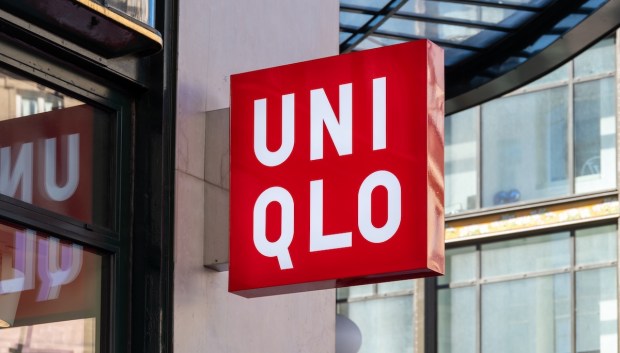Uniqlo Holds Onto Bargain Couture as H&M Tries on New Look for Shoppers

Uniqlo wants to grow by selling good-quality apparel at affordable prices.
That’s the stance the Japanese retailer is taking when it comes to securing its spot in the world of consumers and fast fashion.
The move comes as consumers are increasingly examining where and how they spend their money in search of the most value for their buck.
In this context, recent reports highlight H&M facing competition not only from Shein but also from contenders like Zara, prompting H&M to rethink its strategy. Meanwhile, Uniqlo remains steadfast in its commitment to fast fashion.
In the United Kingdom, where prices are going up, Uniqlo is making items more affordable by lowering the costs of cashmere sweaters and hoodies.
Even though Uniqlo has fewer stores (17) than Zara (70) or Next (500), it sees a big chance to grow in the U.K. Uniqlo Europe Chief Operating Officer Alessandro Dudech told The Telegraph that lower material costs let Uniqlo offer better prices for fancy items, and its plans to keep offering lower prices.
With that in mind, Uniqlo wants to stand out from brands like Zara and Shein by focusing on quality and functionality instead of following trends. Most of Uniqlo’s clothes are made outside Japan, but they’re built to last and don’t have big logos. This approach is popular with people who want to be more thoughtful about their purchases.
Dudech told The Telegraph that not having big logos is special about Uniqlo, and customers in the U.K. seem to like their clothes without flashy branding.
The State of the Consumer
Consumer sentiment experienced a surge in December, reaching a level 13% higher than the previous month and 16% above the level observed a year ago, according to the University of Michigan Surveys of Consumers. The turnaround effectively eliminated all declines recorded in the preceding four months.
“Sentiment is now about 39% above the all-time low measured in June of 2022 but still well below pre-pandemic levels,” said Surveys of Consumers Director Joanne Hsu when announcing the results.
Hsu credited the increase in consumer sentiment to positive changes in the anticipated path of inflation. The survey indicated that consumers’ expectations for inflation over the next year decreased to 3.1% in December, a decline from the 4.5% reported in November.
“The current reading is the lowest since March 2021 and sits just above the 2.3% to 3% range seen in the two years prior to the pandemic,” said Hsu.
Despite the rise in consumer sentiment, people are grappling with the reality that a portion of their spending power is still being consumed by food expenses. This circumstance is causing individuals to reassess their spending habits. PYMNTS Intelligence found that wages are not keeping pace with increasing prices, putting a squeeze on savings. While people have turned to credit for support, even that assistance is becoming stretched thin.
However, nonessential goods need to spark true value to the consumer, a sentiment that brands and retailers have heavily emphasized in the past year. With Shein and Zara expanding their market share in fast fashion, smaller players find themselves compelled to reassess their offerings.
H&M Pivots to Appeal to Consumers; Mango Tries to Make It in US
H&M is trying out new strategies to attract more shoppers who have a particular style preference and also to differentiate itself from fast-fashion giant Shein.
Shein has become the global leader in fast fashion, claiming around 18% market share. Shein’s success is attributed to its budget-friendly items, like $8 dresses, $5 T-shirts and $2 jewelry. Shein’s app has gained more popularity among European users, surpassing its user base in the United States.
Because Shein is rapidly growing, H&M aims to boost its profits and secure its position in the industry. To achieve this, H&M is placing more emphasis on appealing to shoppers who are interested in higher-end products.
H&M’s collaboration with the brand of late fashion designer Paco Rabanne during Paris Fashion Week is an example. By teaming up with such designers and celebrities, H&M aims to attract shoppers with aspirational tastes.
However, according to an H&M statement, the company hasn’t changed its approach of providing customers with “the best combination of fashion, quality and sustainability, at the best price.”
Meanwhile, Mango is betting on its “newness” factor in the U.S. for success.
Mango is getting ready to open its first stores in Washington, D.C., and Pennsylvania next year. It plans to add about 30 more stores across the U.S., aiming for a total of 40 by the end of 2024. This is part of Mango’s strategy to make the U.S. one of its top five markets.
For all PYMNTS retail coverage, subscribe to the daily Retail Newsletter.

